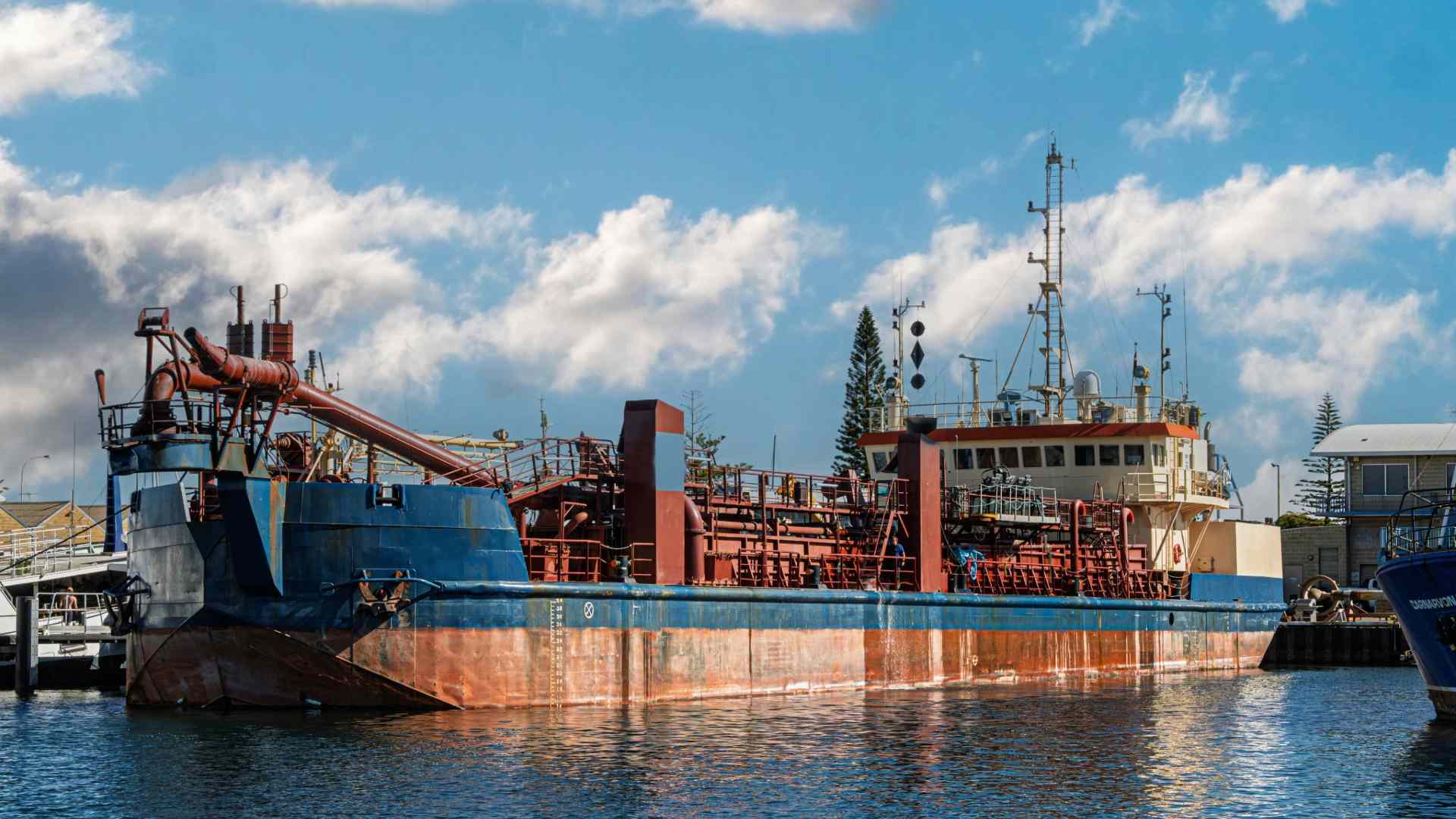Introduction
The Wildwood dredging project, spearheaded by the New Jersey Department of Transportation (NJDOT), has earned top honors in the 2025 America’s Transportation Awards Competition, claiming the regional title for Best Use of Technology & Innovation in the Medium Project category. This recognition celebrates not only the technical excellence of the project but also its role in restoring vital waterways in the Wildwoods region of Cape May County, New Jersey.
The award, jointly sponsored by the American Association of State Highway and Transportation Officials (AASHTO), AAA, and the U.S. Chamber of Commerce, showcases the nation’s most impactful transportation projects. The Wildwood project stood out for its creative application of advanced dredging equipment and environmentally sensitive techniques, particularly the use of geo-bags and hydro-cyclones to manage dredged material.
The Importance of Maintenance Dredging
Over time, coastal and inland waterways naturally accumulate sediment—sand, silt, and organic material—through tides, storm runoff, and currents. If left unchecked, this sediment build-up can severely hinder navigation, disrupt marine habitats, and reduce water quality. That’s why maintenance dredging is critical to keeping channels open, safe, and navigable for both recreational and commercial vessels.
In Wildwood, seven vital channels had become increasingly shallow and obstructed, making them difficult and sometimes dangerous to navigate. Routine maintenance dredging was needed not only to enhance navigational safety but also to support tourism, marine access, and local economic activity—especially in a region so dependent on its waterfronts.
A Technologically Advanced Approach
What set the Wildwood dredging project apart was its cutting-edge approach to sediment removal and material management. Rather than using traditional dredging disposal methods, NJDOT’s contractors employed a combination of sand separators, hydro-cyclones, and geo-bag placement systems to process and contain dredged material efficiently and responsibly.
1. Sand Separators and Hydro-Cyclones
These devices played a critical role in filtering and sorting the dredged sediment. Once removed from the channels, the sediment was processed to separate coarser sand from finer silt and water. The hydro-cyclones used centrifugal force to separate solids from liquids, allowing cleaner water to be returned to the ecosystem while sediment was captured for reuse or disposal.
2. Geo-Bags for Contained Placement
The project utilized geo-bags—large, permeable fabric containers designed to hold dredged material securely while allowing water to drain. These bags were strategically placed at three separate locations, minimizing the project’s environmental footprint and eliminating the need for open-water disposal or trucking sediment to landfills.
Using geo-bags provided several environmental and logistical advantages:
- Reduced turbidity and sediment plumes in surrounding waters.
- Enabled reuse of dredged sand for shoreline stabilization or fill.
- Provided a controlled and contained method for sediment drying and consolidation.
This approach also allowed NJDOT to perform the entire 111,000-cubic-yard dredging operation efficiently and with minimal disruption to surrounding communities and ecosystems.
Restoring Seven Channels to a State of Good Repair
The project’s scope included restoring seven channels in the Wildwood area to proper navigational depths. These channels are essential for local boaters, emergency services, and the tourism industry. Sediment accumulation had rendered many of them nearly impassable, especially during low tide.
By completing this technically challenging dredging task, the NJDOT restored full functionality to these waterways, ensuring safe passage and supporting economic activity throughout the region. In doing so, they exemplified how maintenance dredging can be performed responsibly and innovatively.
Recognized for Innovation and Excellence
The Wildwood dredging project was selected as a regional winner in the Best Use of Technology & Innovation category—a testament to its inventive use of tools, environmental stewardship, and multi-site coordination. The project competed against other state DOTs across several categories, including Operations Excellence, Community Development, and Safety.
Judges from AASHTO and the award sponsors were particularly impressed by the project’s:
- Use of advanced dredging technology.
- Efficient sediment processing and management.
- Coordination across multiple geo-bag placement sites.
- Minimal impact on surrounding environments and communities.
- Commitment to long-term channel sustainability.
Broader Impacts and Lessons Learned
NJDOT’s success with the Wildwood project sets a high standard for other coastal and inland dredging efforts nationwide. It illustrates how maintenance dredging, when paired with technology and smart planning, can achieve outstanding results for both navigation and the environment.
Some key takeaways from the project include:
- Innovative equipment like hydro-cyclones and geo-bags can modernize traditional dredging practices.
- Multi-site coordination improves flexibility and limits environmental impact.
- Maintenance dredging is essential for preserving public safety, access, and economic vitality in waterfront communities.
- Technological innovation can reduce the footprint of necessary infrastructure work while improving outcomes.
Conclusion
The Wildwood dredging project is a shining example of how public agencies can rise to modern challenges with creativity, care, and technical skill. Through NJDOT’s commitment to responsible maintenance dredging, seven critical waterways in Wildwood have been restored to a state of good repair—boosting safety, supporting economic activity, and protecting natural resources.
As the project receives well-deserved national recognition, it serves as a model for future dredging initiatives, demonstrating how innovation and environmental responsibility can go hand in hand. With an eye toward sustainable practices, the Wildwood project shows that even the most complex sediment challenges can be overcome with the right tools, techniques, and teamwork.
